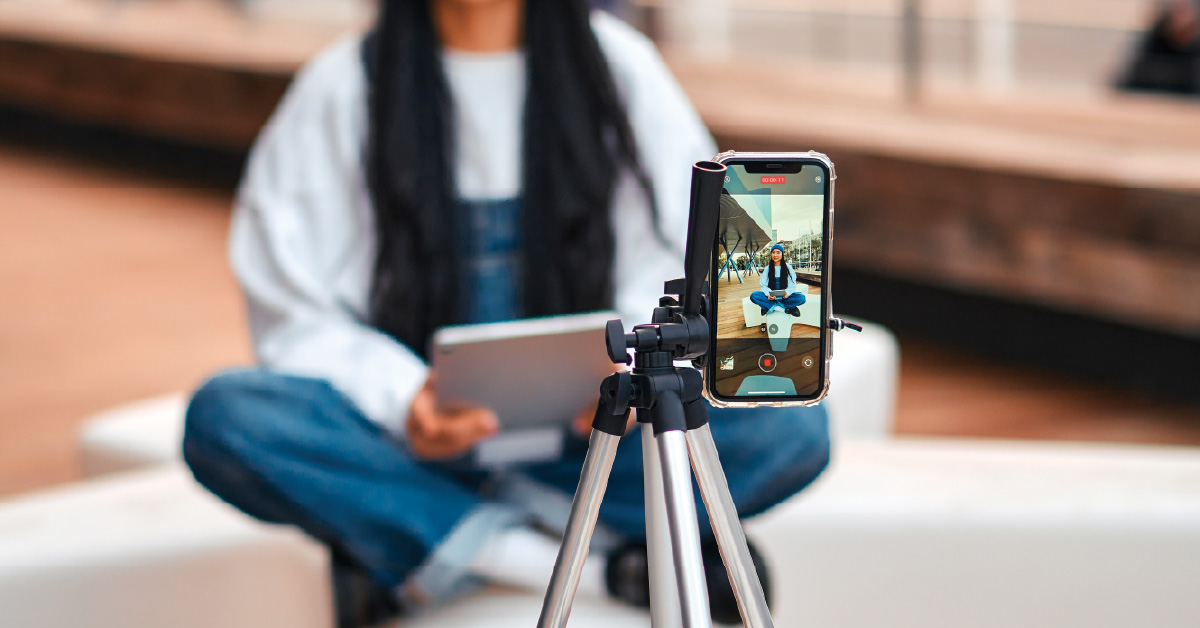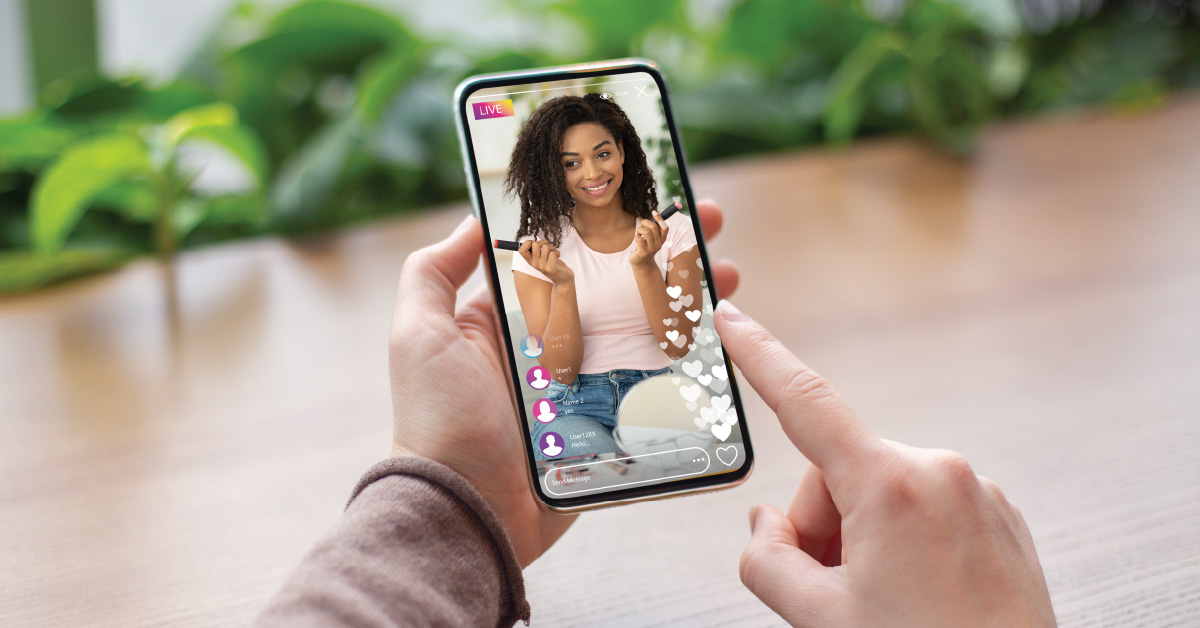August 22, 2025
What Makes a Great UGC Campaign? 10 Real Examples You Can Learn FromIf your brand still treats storytelling like a one-way street—you talking at your audience—it’s time to rethink the script. 🚦
Today’s consumers crave connection, not just conversion. And when it comes to trust, authenticity beats polish every single time. That’s where UGC (user-generated content) steps into the spotlight.
Let’s be real: No one tells your brand story better than your own community. Their words, their selfies, their unfiltered reactions? That’s the gold. In this guide, we’ll break down exactly how to use UGC to fuel authentic brand storytelling—without sounding like a forced ad. Ready to create content with your audience instead of just for them? Let’s dive in. 💡
💬 Why UGC is the Heartbeat of Authentic Marketing
When someone outside your brand tells your story, it hits different.
Think about it: UGC is real people sharing real experiences with your product or service. It’s authentic, relatable, and way more believable than anything you could script in a marketing meeting.
UGC = social proof + storytelling + community in one powerful package.
Whether it’s a TikTok haul, a glowing tweet, or a casual unboxing on IG Stories, UGC feels personal. It resonates because it’s not perfect—it’s human. And that’s the magic. ✨
📖 Storytelling Isn’t a Buzzword—It’s a Strategy
Before we talk how, let’s get clear on why storytelling works.
Stories are memorable. They spark emotion. They build trust. But here’s the kicker: Your brand’s story isn’t just about you. It’s about how your audience sees themselves in your brand.
That’s why UGC is so clutch. It puts your customers in the spotlight—and turns your brand into a shared experience. 🫶
🎯 The Secret to Great Brand Storytelling with UGC? Intention.
Not all UGC is created equal. A random selfie in your product? Cute. A story about why someone bought it, how it made them feel, and what changed? That’s storytelling gold.
Here’s what intentional UGC storytelling looks like:
- It highlights transformation or value
- It features emotion (joy, relief, excitement)
- It’s relatable to your target audience
- It aligns with your brand vibe and values
Let’s explore how to guide, curate, and spotlight UGC in a way that brings your brand story to life.
1. Start With a Clear Brand Narrative
UGC works best when there’s a cohesive story it can plug into. What’s your brand all about—really?
Ask yourself:
- What transformation do we offer?
- What emotions do we want people to feel?
- What values define us?
- Who are we really here for?
Once you’ve defined your narrative, UGC becomes the proof that story is real. It’s not just you saying you care about sustainability—it’s your customers showing how your product fits into their eco-conscious lifestyle. ♻️
🛠 Pro Tip: Create a short internal “story spine” to guide your UGC curation. Example: We help [person] go from [pain point] to [desired outcome], so they can [live better life].
2. Invite Stories, Not Just Content
Here’s a quick mindset shift: Don’t just ask for content—ask for stories.
Instead of “Tag us in your posts,” try:
- “Tell us how this product changed your routine”
- “Share the moment you realized it was worth it”
- “Record a video about the first time you used [product]—what surprised you?”
💡Campaign example: Run a hashtag challenge like #MyFirstGlowUp for a skincare brand or #WhyIChooseYou for a fashion label. The UGC that flows in will be way more powerful than a staged flat lay.
3. Curate UGC That Aligns With Your Brand Voice
Not every customer photo will be a brand fit—and that’s okay. Your job is to curate, not control.
Look for UGC that reflects:
- Your brand tone (fun, empowering, luxurious, earthy, etc.)
- The kind of lifestyle you promote
- A clear emotional story or transformation
🎨 Bonus: Use UGC across touchpoints—email, product pages, ads, social—so it reinforces your brand story everywhere people meet you.
4. Add Context to Elevate the Impact
A photo is good. A caption is better. A mini-story? Chef’s kiss. 👩🍳💋
When you share UGC, don’t let it stand alone. Give it context:
- Add the customer’s quote as a text overlay
- Include their backstory in the caption
- Share how their experience reflects your mission
📌 Example: “@danielle.m used to struggle finding workout gear that fit her curves. When she found us, she cried in the locker room—because finally, something fit. This is what we do it for. 💪 #StrongerTogether”
Now that’s a story.
5. Use Video to Let Real Voices Shine
Video UGC hits harder—especially when it feels off-the-cuff.
Encourage your audience to create:
- “Day in the life” reels featuring your product
- Unfiltered product reviews
- “Before and after” journeys
- Unboxings with real-time reactions
🎥 You can even repurpose Zoom calls, interviews, or testimonials into short-form UGC storytelling. Just keep it casual and authentic.
And don’t worry about Hollywood lighting—real beats perfect.
6. Turn Reviews Into Micro-Stories
That glowing five-star review on your site? It’s not just praise—it’s a story waiting to be told.
Pull quotes from reviews and transform them into bite-sized stories for:
- Social posts
- Carousel ads
- Packaging inserts
- Website testimonials
📝 Example:
“I bought this hoodie as a treat to myself—and now it’s my comfort armor. I wear it on hard days when I need to feel strong. It’s more than fabric. It’s my reminder that I’m enough.” —Kylie
That’s not just a review. That’s a chapter in your brand story. 📚
7. Collaborate With UGC Creators as Storytellers
Want to scale this strategy? Partner with UGC creators who get your brand.
But don’t just hand them a script—invite them to co-create. Ask:
- What’s your personal story with our product?
- How would you explain us to your best friend?
- Can you create something you’d actually post?
🧠 Smart move: Build a creator program that includes storytelling prompts and themes, not just product shots. Think: “Show us how you overcame [pain point] with our product,” or “Describe the moment you realized this was the one.”
8. Create a UGC Story Hub
Make it easy for your audience (and future customers) to see your story unfold.
Build a digital space where your best UGC lives:
- Instagram Highlights
- A dedicated landing page
- Pinterest boards
- TikTok playlists
Label them by story themes like:
- “First-Time Wins”
- “Confidence Boosts”
- “Glow-Up Moments”
This turns scattered posts into a compelling narrative arc. 🌀
9. Use UGC to Reframe Your Brand Origin Story
Yes, you started the brand. But over time, your community shapes the story, too.
Instead of the classic founder origin tale, try remixing it through the eyes of your customers.
For example:
- “When we launched, we didn’t know this bra would help moms feel sexy again. But now that’s the story we hear most. And we’re listening.”
That shift from “me” to “we” makes your brand feel alive—and deeply human.
10. Celebrate Your Customers Like Heroes
In every great story, the customer isn’t a side character—they’re the hero.
Position them that way by:
- Featuring them in your ads and campaigns
- Letting them take over your feed
- Turning their stories into blog posts or newsletters
- Sending surprise thank-you gifts and asking if you can share their journey
🎉 When people feel seen, they share even more. That’s how brand storytelling becomes a cycle—one that keeps getting richer, realer, and more impactful.
✨ TL;DR: Make It Feel Like a Story
User-generated content isn’t just content—it’s the real story of your brand in motion.
To harness its full power:
- Define your brand narrative
- Ask for stories, not just posts
- Curate and elevate UGC that reflects your values
- Use context and video to deepen emotional connection
- Make your customers the main characters
This isn’t about control—it’s about collaboration. And when your audience helps you tell the story, everyone leans in to listen.
So go on—hand over the mic. 🎤 Your best brand storytellers are already out there. Let them shine.




